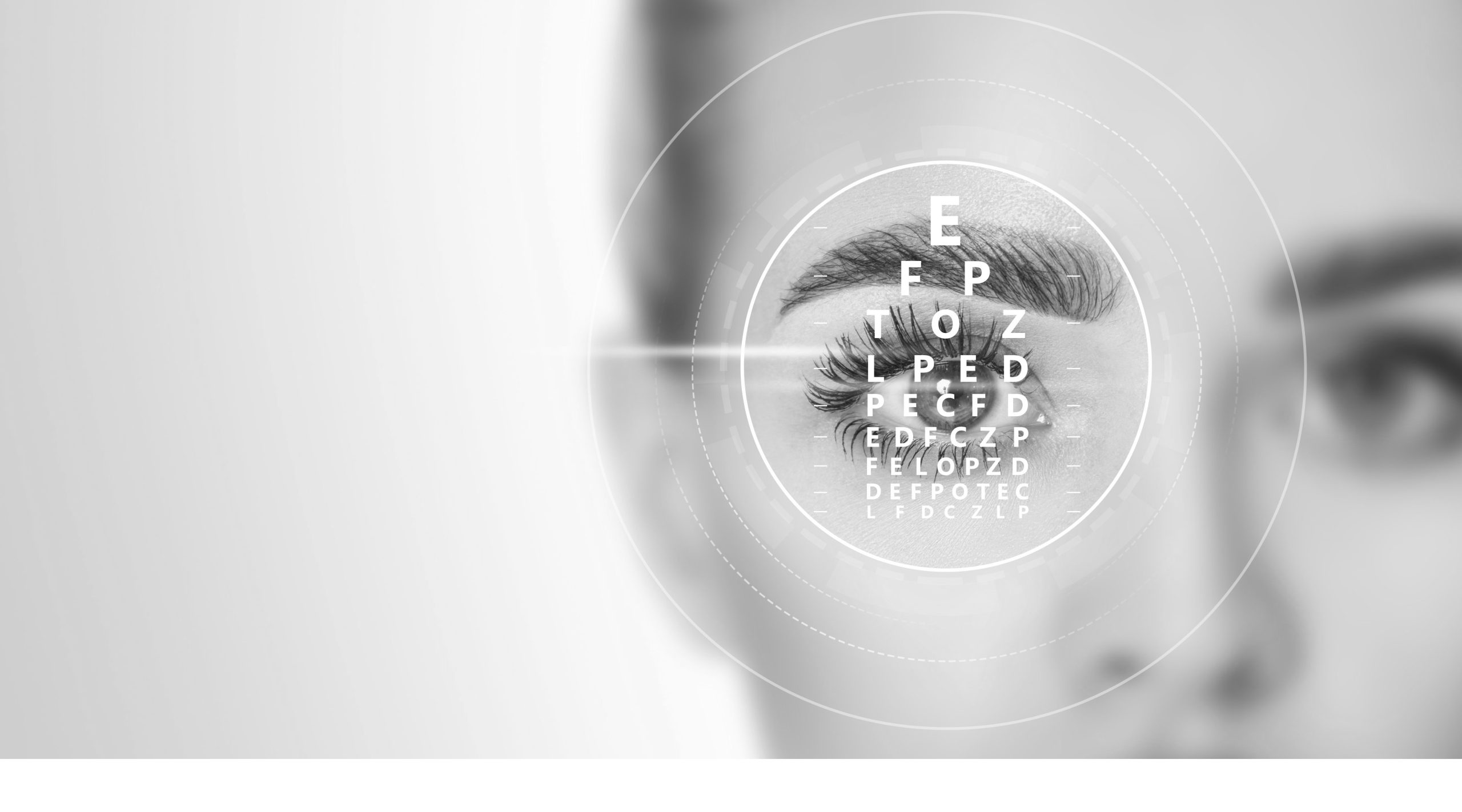
Presbyopia
Presbyopia is the progressive loss of our ability to focus on a close object. It is an age-related eye disorder, the process of aging vision. It becomes noticeable in your forties, it changes according to the type of eye and worsens as one continues to age.
What Is Presbyopia and How to Correct It
Unlike myopia, astigmatism and hyperopia, presbyopia is not a refractive error or ametropia, as they are more commonly known in medical terms. Presbyopia is caused by the loss of the natural dynamic ability of the eye lens to alter its curvature (sclerosis). The eye can then no longer focus. What happens as a result of that? The visual image of close-up objects is focused behind the retina rather than directly on it.
For this reason, a person with presbyopia has difficulties focusing on close objects and can be easily recognized by their attitude and posture. As they can no longer see clearly, people with presbyopia resort to a whole series of gestures: they tend to stretch out their arms to read, tilt their head back, and hold reading material or other objects farther away in order to carry out activities at close range (about 40 cm). These are all spontaneous movements, stimulated by the need to find the right distance, not less than 2/3 of the available focus. It is a physiological and progressive defect that can be developed starting from the age of 40 and worsens as one continues to age, thus being a clear indicator of old age.
Treatment options
The range of presbyopia of an eye is measured by the power of the weakest positive lens needed to enable the eye to read and work at near distance. When presbyopia is mild, as is typical in its early stages, the simplest solution is prescription glasses. Starting from the age of 40, glasses need to be replaced every 3 to 5 years as increasing presbyopia will require increasing lens power. After the age of 60 presbyopia normally stabilizes.
In case ametropias (nearsightedness or farsightedness) are also present, lens correction will be added or subtracted algebraically.
Presbyopia can also be reduced or totally eliminated, with good results, by laser or surgical procedures depending on the characteristics of the patient’s eye. When correcting presbyopia, you can simultaneously correct, if you haven’t done so already, visual problems such as nearsightedness, farsightedness and astigmatism.
Dr. Angelo Appiotti can boast over 30 years of experience and tens of thousands of satisfied patients. He is a recognized authority on the treatment of vision problems with tailor-made laser and surgical procedures.
Laser and Surgical Procedures for the Treatment of Presbyopia
The 2nd generation of laser vision correction. Best suited to treat myopia, hyperopia and astigmatism. Tailor-made. Rapid postoperative recovery. Visual recovery in 12 to 24 hours.
The 1st generation of laser vision correction. Best suited to treat myopia, hyperopia and astigmatism. Safe and reliable. Ideal for patients with mild vision problems.
Surgical technique for the treatment of high myopia and hyperopia. The eye’s natural lens is replaced with an artificial intraocular lens (IOL).
Book an appointment today
Dr. Appiotti operates in surgical excellence clinics in Milan and Verona. If you want to schedule an appointment to assess your eligibility for laser treatment of your visual disorder, please contact us by email or phone